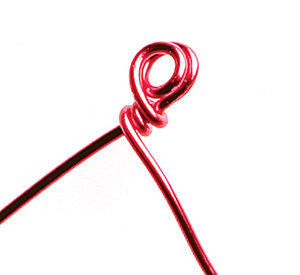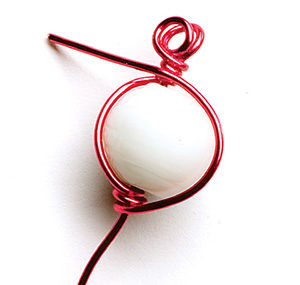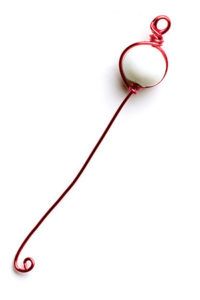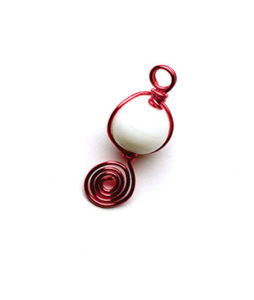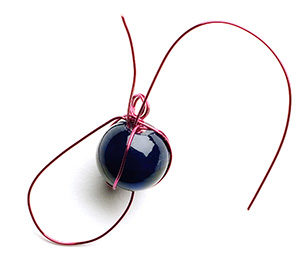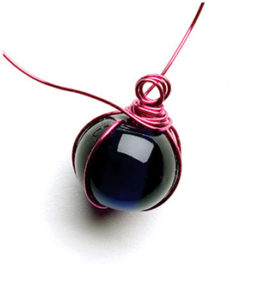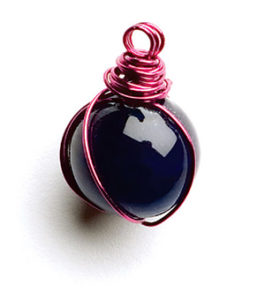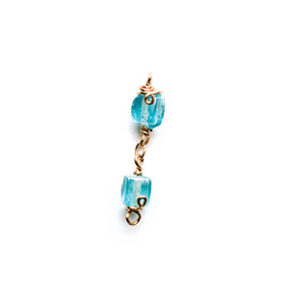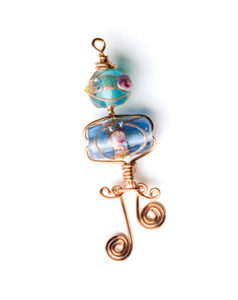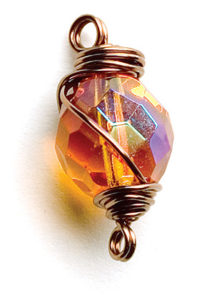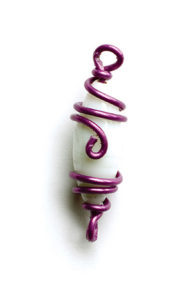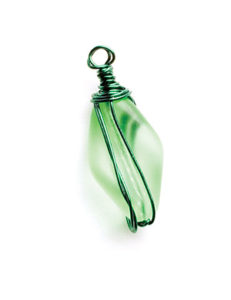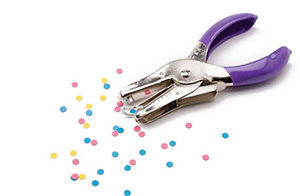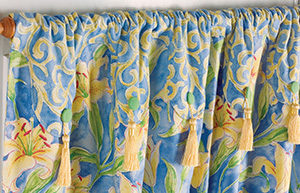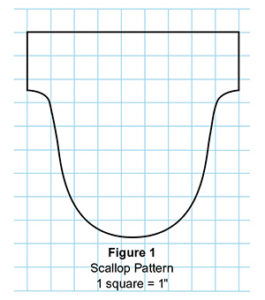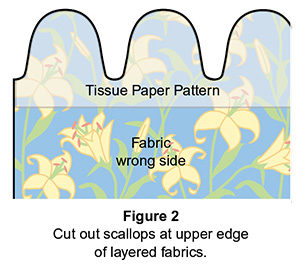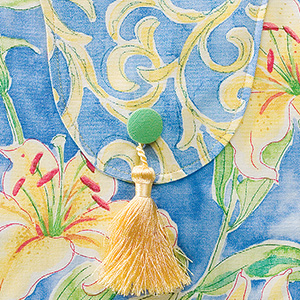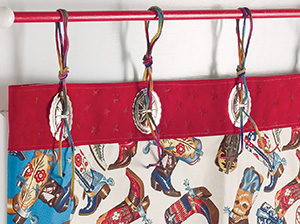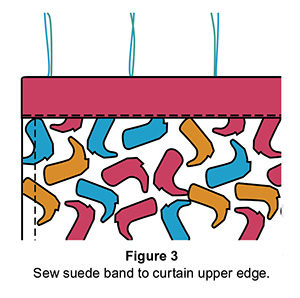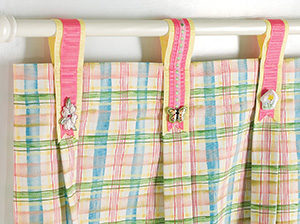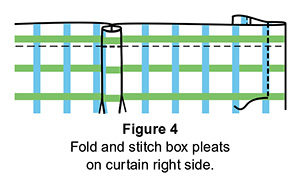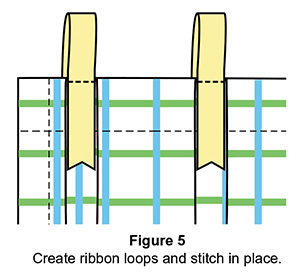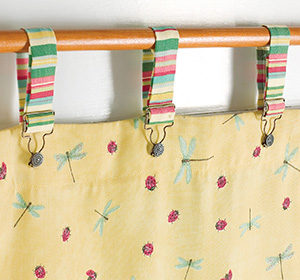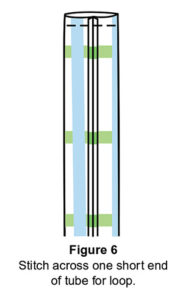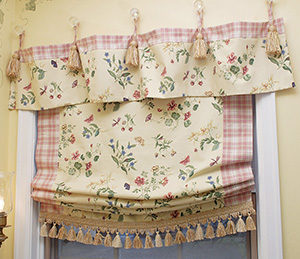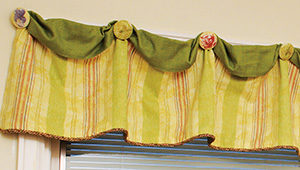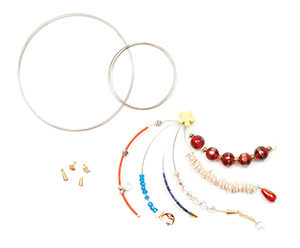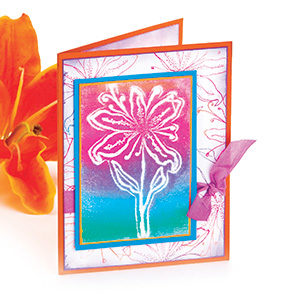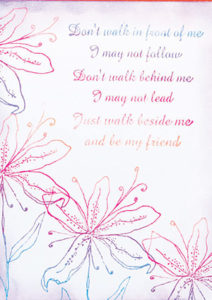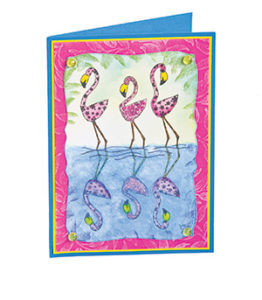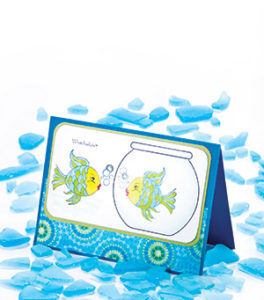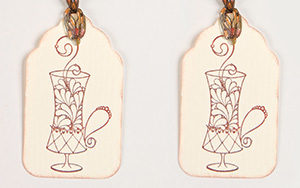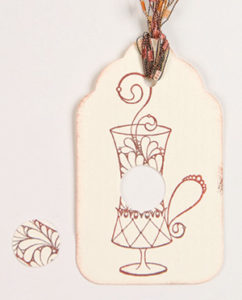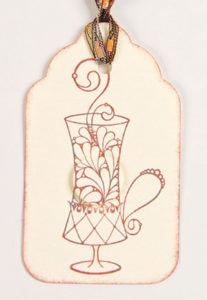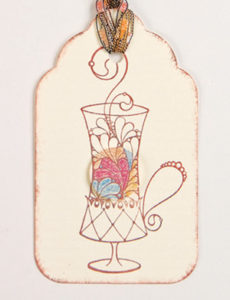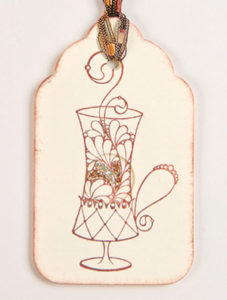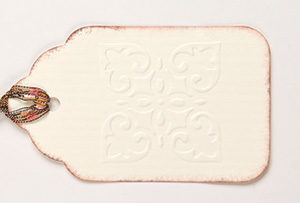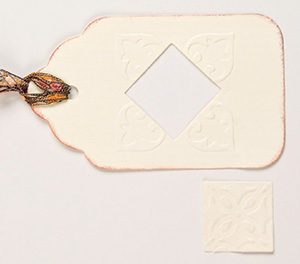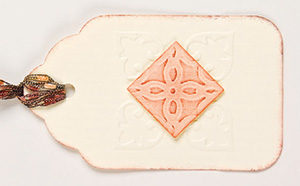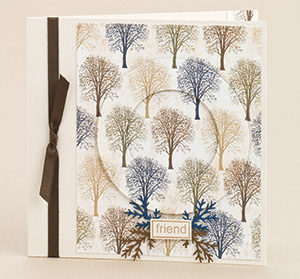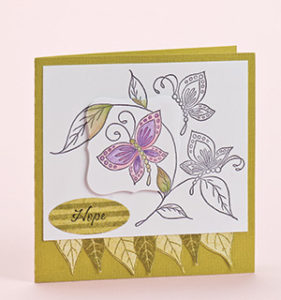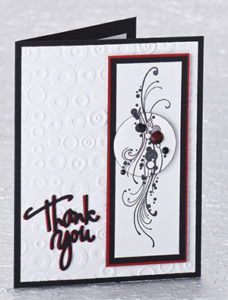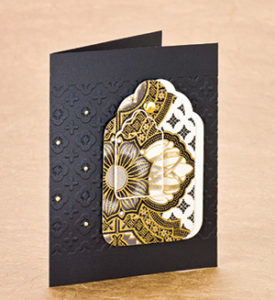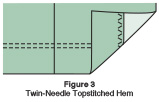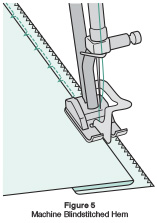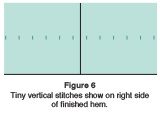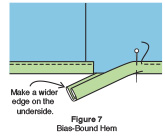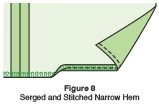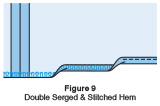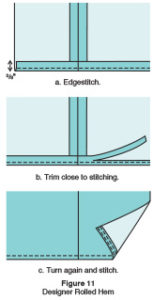Why talk about form and function for beading designs? Keep reading!
Beaders will tell you that the exciting part of beading is designing. It’s choosing your beads and findings, artfully arranging them and creating a beautiful piece of beaded jewelry that draws compliments from admirers.
However, if you don’t thoughtfully consider the techniques and materials you plan to use, that beautiful piece of finished jewelry may not last, or you may end up with a gorgeous necklace that is too uncomfortable to wear.
And in all honesty, if you don’t learn some basic jewelry design principles, your beaded jewelry may not be so beautiful! Form and function are the two elements at play here, and it is important to understand how to create a happy union between the two of them.
You can find a great variety of beautiful design inspirations online. Beaded jewelry designers work tirelessly to test the limitations of their materials and make beading projects that are lovely to view and carefully constructed. How do they do it? How can you learn to make beaded jewelry that lasts for many years to come and looks like the pieces in your favorite fashion magazine? I’m about to share the secrets that will help you bead like a pro!
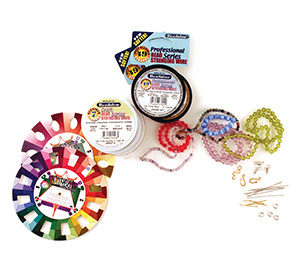
Form
Form refers to the choice of beads, the juxtaposition of colors, textures, styles and materials that result in a one-of-a-kind (and hopefully attractive) design. This is second nature for some lucky gals and guys. They just have the eye for it. They can intrinsically combine elements in a seamless fashion to make amazing jewelry. Don’t you just hate them? They are like the people who claim that they can eat all they want and never gain a pound … ugh.
For most of us, a little understanding of basic art principles is the key to finding and exercising your inner designer. I recommend you get yourself a few basic items to learn how to work with color and texture.
First, a color wheel, especially one that includes windows that showcase different color combinations, is a very useful tool as you are learning about color theory. Purchase a book or two on color theory to learn about primary, secondary, tertiary, complementary, analogous, split complementary colors. If you don’t know these terms, then you most definitely will benefit from a primer on color.
Armed with an understanding of color and hue and saturation, when you face a head-spinning array of bead choices, you will find it far easier to narrow things down and select beads that work well together.
Now that I’ve covered color, let’s move on to the second element — texture. Studying texture is best done by getting out and looking at the world around you. Consider how the bark of the tree contrasts with the leaves. And what is it about the river rocks and the way in which they complement the rushing water? If you’re lucky enough to be in a tropical environment, ask yourself how does the palm tree work with the sand and the sea? This may sound a little new-age in theory, but it works!
When you begin to look at the world in this fashion, you soon find yourself pulling these textures into your work. This is a very intuitive process, and one that is unique to your individual tastes and personality. We all view the world through our own set of eyes, and the key to discovering your inner artist is to take a close look at the world around you, trying to see it as you would for the first time. Sometimes it is a flower garden, sometimes a lovely swatch of vintage fabric, sometimes a rustic barn door, sometimes the fur on an animal — anything is fair game when it comes to exploring your world in search of inspiration.
As for the beads and findings that you choose, this is up to your developing sense of aesthetics. Silver or gold, precious metal or plated, gemstone, glass or plastic — only you can decide. Each choice gives your beaded jewelry a particular mood or emotion. Gold is warm, sensuous, luxurious; silver is cool, modern, sleek and sexy. Gemstones can be elegant or earthy, depending on the stone. Glass can be playful or sparkly, and plastic can be fun and funky.
Plated metal is very affordable, and there are some very high-quality findings out there these days. For a professional look and feel, you might want to choose precious metal for your beaded jewelry designs.. If you take the time to decide which mood you want to create, you’ll find it easier to select and arrange the components in your beading design.
Function
Now that you have a better grasp of design or “form”, it is time to face the potentially ugly and frustrating element of “function.” But don’t be afraid; I’ll cover a few basic tips and techniques that will make function a piece of cake!
When working with the materials of a beaded jewelry project — beads, findings and stringing materials — having a good understanding of what makes strong, lasting and comfortable jewelry is extremely important. Nothing is more annoying than making a piece of beautiful beaded jewelry and then realizing that it weighs too much to wear it comfortable, except possibly having your beautiful design break and your beads fly in every direction. I recommend that you purchase a good, basic book on bead stringing and practice, practice, practice. Now I’m going to address a few common problems related to a beaded jewelry design’s function.
My beading wire keeps breaking.
Beading wire is available in many different diameters. Each is for specific applications. Read the packaging to see the break strength (amount of weight and pressure the wire can withstand). The heavier your design, the more stress it will be under when worn and the greater-strength wire you will need to use on your beaded jewelry project. Use wire that will fill up the holes in the beads. If the wire is floating inside the beads, it can wear quickly and break.
Watch out for glass and gemstone beads that may have sharp edges. Use a bead reamer to smooth these out and protect the wire from abrasion. There are hand, battery and electric bead reamers on the market, and these are crucial tools for the beader.
Another cause of your wire breaking may be crimp beads taht are not carefully flattened. They can create micro cuts in the stringing wire, causing it to break. Be certain that the crimp tube or bead is straight up and down inside of the crimp tool and that you uncross the wires inside of the crimp before crimping. If you take a moment here, you will save yourself from restringing.
Also, know that beaded jewelry needs to be restrung periodically. Nothing lasts forever. Keep an eye on your beading designs, and if you see signs of extreme wear, it’s probably time to restring. It’s far better to take a proactive approach to restringing your designs than to lose your some of your favorite beads when your jewelry’s wire unexpectedly breaks.
My beaded jewelry design is too stiff.
When a strand of beads is rounded and secured, you need to leave some space between the beads to keep the design from being too stiff or tight. Before you crimp, hold the strand of beading wire from the clasp and slide your beads down the wire to remove the exposed strand between the top bead and the crimp. I like to use chain-nose pliers to grasp the wire tail while pushing the crimp bead down with my thumb and forefinger, but don’t crimp yet!
The next step is key to creating “play” or spacing between your beads. Attach the clasp so the design is rounded as it will be worn, and adjust the crimp bead and wire as before. Now you can crimp and be assured of a fluid design.
Lighter beads may need a very lightweight wire. When featuring tiny beads, I like to work with seed bead spacers and .010–.015-inch-diameter wire to make designs that are extremely fluid and wear like knotted silk. Just be sure that you ream the insides of the beads when you work with thin diameter wire.
My beading design is too heavy.
We’ve all been there at one point or another. You put on a pair of beautiful earrings and find that they’re too heavy for your ear lobes. Or you try on a stunning necklace and realize it’s too heavy to comfortably wear for longer than a few minutes. Before you bead, take a look at the beads you’ve chosen. Are they all bulky gemstones or glass beads with heavy metal findings? If so, will that be comfortable to wear? Try to combine heavy beads with lighter choices, or work with large-scale beads that are lightweight.
My clasp keeps slipping to the front of my neck.
This is another big annoyance we’ve all experienced. To avoid this common jewelry problem, ,ake sure that the clasp you use is the right size and weight for your beaded necklace design. If you select a clasp that is too bulky or heavy for the beads, it will slide to the front. Sometimes you have to relinquish form for function here.
My beads won’t fit my head pins.
Gems (and pearls in particular) often have very small, hand-drilled holes. You have a couple of options here. Either choose thin diameter (24-gauge) head pins, or use the handy-dandy bead reamer to open up the holes. Either method works well.
My beading wire keeps getting kinks in it.
Beading wire is constructed of many tiny strands of stainless-steel wire coated with nylon. Although it is strong, flexible and resilient, strands of beading wire will easily kink if you crumple up your beaded jewelry in a box or toss it in the bottomless pit of a handbag. So always be sure to hang your beaded jewelry from a hook, nail or doorknob to keep it from getting destroyed.
The loops on my head pins are funky shaped, ugly and my coils aren’t very appealing either.
This is a matter of two things — tools and technique. You need good tools and lots of proactice. The finer the point on the end of your round-nose pliers, the tighter your coils and loops will be. The more you practice making loops and coils, the better they will look. Don’t sweat it too much; there are plenty of jewelry pieces in stores, magazines and catalogs that doesn’t look so perfect either. Most people, other than your anal-retentive beading buddies, aren’t going to notice the sorry state of your loops. Once you get the hang of the technique, your loops will rock with the best of them.
My toggle clasp won’t work. What’s the deal with it?
If your final beads are too large, the bar end of the toggle will not be able to slip into the circle end. The fix is fairly simple. Just crimp the beading wire to a jump-ring link and add on as many more links (probably one or two) as necessary to allow the bar to slip into the circle.
These are some of the more common issues beginners encounter in their beading adventures, but I’ve only scratched the surface. Realize that even professional designers make mistakes. This is where a smattering of patience and a willingness to learn come into play. So get started, practice and be proud of the jewelry you make. The more you bead, the easier it becomes. Before long, you’ll notice improvements in both the form and function of your beading projects. If you need a little encouragement, compare your most recent beading design with your first and you’ll see the difference.
Also, enjoy the process of designing beaded jewelry and completing your projects, and know that occasionally breaking the rules can lead you to exciting new techniques and discoveries. Start to look at the work of professional designers and you will begin to learn about good design, and even more importantly, begin to define your own, one-of-a-kind beading style.
By Margot Potter




